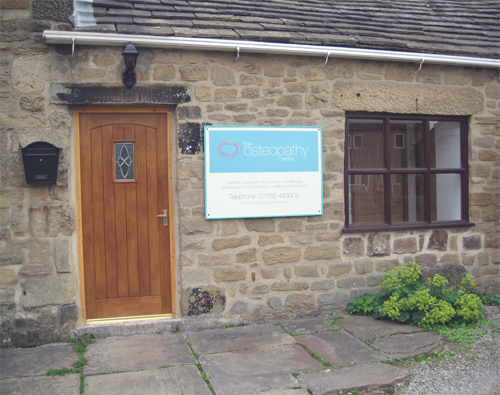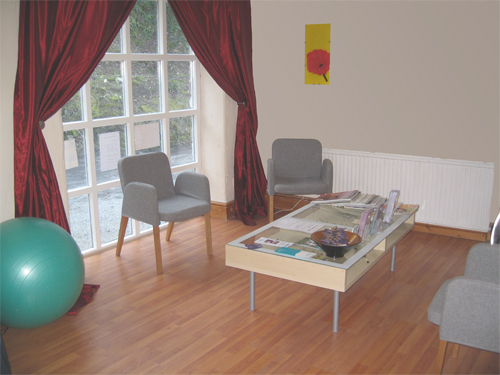



Buteyko Breathing
Most people ask what is Buteyko?
I always find it easier to start with the origins first!
Buteyko is relatively new to this country, but the concept of using breathing as a therapy goes back thousands of years. There is written evidence from over three thousands years ago which refers to the practice of an oriental discipline known as Qi gong, this technique uses combinations of breathing and posture to manipulate the flow of vital energy around the body to encourage health. There are many more techniques such as yoga, meditation, hypnosis, osteopathy that rely on manipulation of the breathing to produce changes within the body.
Konstantin Buteyko was born on 27th January 1923 in Ivanitsa, near Kiev. His initial training began in engineering until the start of the war, where he joined the Russian armed forces. After the war ended he enrolled as a medical student in Moscow in 1946.
During his medical studies he was given a project of observing patients breathing rates in relation to the severity and prognosis of their illness. He came to a conclusion that there was a correlation between these two factors, such that as a patient condition became more severe so there breathing rate increased.
After qualifying he continued his studies on the relationship between breathing and ill health. He reasoned that if a connection existed between hyperventilation and ill health it should be possible to reverse this by deliberate breath control.
Over the next few years he experimented on himself, patients and colleagues. By the 1980’s Russian authorities allowed him to conduct a formal trial with asthmatic children in a Moscow hospital, the results were impressive and resulted in the technique been used wide spread through Russia.
Buteyko technique came to London in 1998, via a former patient of Dr Buteyko, a Mr Alexander Stalmatski. These early day teachings were very strict and harsh and a lot of people were put of by such a direct approach.
1999 Rosalba Courtney and Leonid Motin from Australia conducted a 6 day teaching course From the people who qualified an association was produced the buteyko breathing association (BBA) who’s sole existence was to promote and regulate Buteyko thus ensuring good teaching practice was maintained.
When breathing is a problem, a small change in how you breathe can make a big difference!
Buteyko can help people with asthma, chronic obstructive pulmonary disease (COPD) and a range of breathing problems including anxiety or panic attacks. It can be used alongside other measures, such as medication or reducing allergen exposure.
The aim is to achieve an optimum pattern of breathing, using a series of breath control exercises, which are learnt over a 5 week period. These exercises lead to an enhanced sense of well being and quality of life. This newly learned technique quickly becomes part of your daily life.
What is the theoretical basis?
It has long been recognised that subjects with asthma usually hyperventilate and cough during the early stages of an attack. Buteyko teaches the asthma sufferer to avoid this initial hyperventilation phase and allow any symptoms to subside naturally over the course of a few minutes.
In addition, many patients suffering with breathing disorders, habitually mouth breath. Buteyko teaches these people on how to clear there nasal passage and restore a normal nasal breathing pattern.
The benefits of nasal breathing are well known! (Warming, filtration and humidification of the air) however recent research shows that upon nasal breathing nitric oxide gas is released, this gas is a powerful vasodilator and is manufactured in the nasal sinuses and is inspired into the lungs where it may have an important role in improving the exchange of gases in your lungs.
What happens at the first consult
At the initial consult a very detailed medical history will be taken, (please ensure that you bring all details of your medications) the exercises will be broken down to 4 weekly sessions, enabling you to grow into the technique as the difficult level increases. You will be asked to sign a contract; this contract is to ensure you adhere to the following four week programme, and the work that will be involved.
I can hear you start to panic DON’T! Yes the first few weeks are difficult NOT the exercises you will be asked to do BUT in the time commitment on your behalf. Defiantly on the first week you will be required to do a minimum of three 20-25 minutes sessions, if your asthma is severe it could be up to five sessions. As your breathing improves this will reduce down to 2 sessions a day.
YES this is a huge time commitment and one you must go into with your eyes open, but remember why you are doing it! And the rewards gained from this time invested will out way any time lost!
On the first visit you will go away with your first week’s diary and exercise. Each subsequent visit we will go through your previous week dairy and any problems encountered, consolidation of technique learnt so far. Teach the next set of exercises and do a full cycle of them to ensure no problems are uncounted.
You do not need a referral from your GP but we do instruct all participants to seek the consent of your GP prior to any reduction in preventative medication. Advice regarding management of medication is fully consistent with current British Thoracic Society and SIGN guidelines.
Buteyko works in conjunction with your current medication and our aim is to always co-operate as closely as possible with your own GP when a reduction in medication is required.
Evidence of effectiveness
To date there have been six published randomised control trials of the buteyko method 1-6. All trials have shown either significant reduction in the need for medication or improvements in asthma control with Butyko. There are no known negative trials.
In the most recent trial 6, conducted in Canada, 129 patients with asthma were randomised to receive breathing exercises from either a Buteyko practitioner or a chest physiotherapist. In the Buteyko group the proportion of patients achieving good control of their asthma increased from 40% at baseline to 79% at 6 months. This improvement was associated with a statistically reduction in the average dose of inhaled steroids. Improvement in asthma control was also seen in the group treated with chest physiotherapy. In other trials of Buteyko 1,3,4,5 the need for reliever medications has been reduced by an average of 80-90%.
- Bowler SD et al, Medical Journal Of Australia 1998 169:p11-12
- Opat AJ et al, Journal of Asthma 2000 37 557-564
- Cooper S et al, Thorax 2003 58: p674-679
- McHugh P et al, New Zealand Medical Journey 2003 116:1187
- Slader C et al Thorax online 5.6.06
- Cowie RL et al Respir. Med. May 2008 102(5) : 726-732

